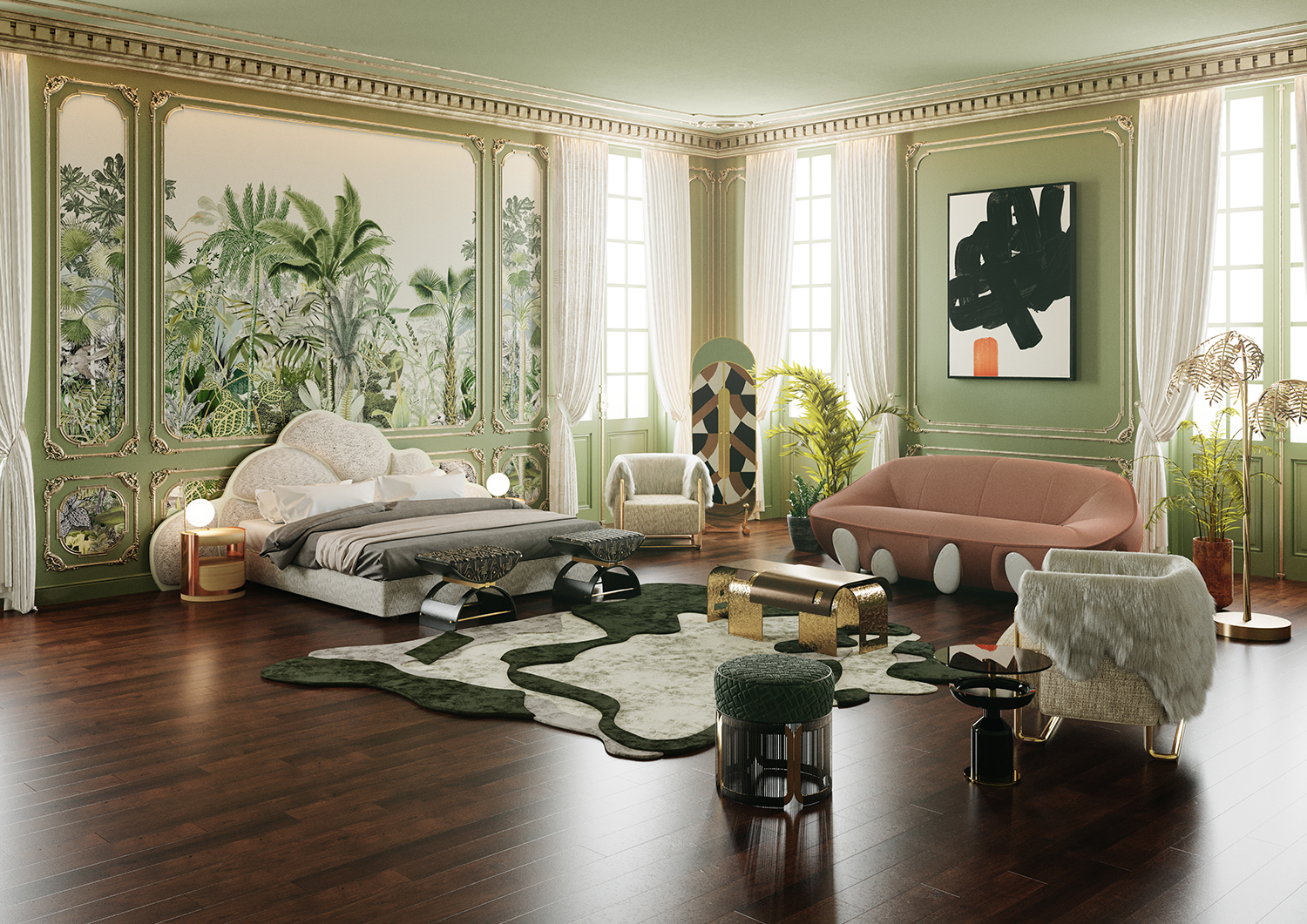Transform Your Home With Essential Principles of Interior Decoration and Aesthetic Appeals
By comprehending the influence of shade theory and the relevance of texture and patterns, one can create areas that are not only visually enticing but also deeply personal. Accomplishing this balance entails more than simple decor; it incorporates a strategic plan and a keen understanding of just how each element engages within a space.
Recognizing Shade Concept
Color theory is an essential aspect of interior decoration that considerably affects state of mind, assumption, and total aesthetic. Comprehending the concepts of shade theory enables developers to develop spaces that resonate emotionally with residents while meeting useful requirements (Architecture Firm). Shades can be categorized right into 3 main kinds: primary, additional, and tertiary. Each category plays a critical role in developing harmony within an area.
The mental influence of colors is profound; cozy shades such as reds and oranges stimulate power and warmth, while great tones like blues and environment-friendlies advertise calmness and harmony. Moreover, the use of complementary colors improves aesthetic passion, creating striking contrasts that can elevate a space's appeal.
Neutral shades, on the various other hand, function as a versatile backdrop, permitting other layout aspects to radiate. It is important to think about factors such as illumination and the area's function when choosing a color scheme, as these can alter the perception of shades throughout the day.
Inevitably, a well-considered color pattern can transform a space, promoting a feeling of convenience and design that straightens with the inhabitants' choices. Mastery of color theory is, consequently, a crucial skill for any interior designer intending to create unified and welcoming atmospheres.
Accomplishing Balance in Layout
How can developers attain a feeling of balance in their spaces? Achieving equilibrium in layout is essential to producing harmonious interiors. Designers can utilize 3 key kinds of equilibrium: balanced, asymmetrical, and radial. In proportion equilibrium entails arranging aspects uniformly around a main factor, fostering a feeling of order and tranquility. This type often features pairs of furnishings or artwork, boosting visual security.
Asymmetrical balance, on the various other hand, relies upon differing elements that still attain a natural look. This method permits more vibrant and casual arrangements, offering rate of interest while preserving equilibrium. By carefully picking differing sizes, shades, and structures, developers can develop a visually compelling area that feels balanced yet energised.
Radial balance highlights a main prime focus with elements emitting outside. This design is typically seen in round layouts, where furniture and decoration develop a cohesive surround that attracts the eye internal.
Ultimately, achieving balance needs thoughtful factor to consider of range, percentage, and the connections between aspects. miami interior design. By skillfully applying these balance principles, designers can transform rooms right into settings that feel both visually pleasing and functionally unified, boosting the overall experience for passengers
Importance of Spatial Understanding

A keen feeling of spatial recognition allows developers to recognize prime focus within an area, leading the viewer's interest to key functions while preserving a total sense of unity. It likewise assists in the strategic positioning of lighting, which can dramatically affect the understanding of space and state of mind. Understanding spatial connections allows the designer to cater to the specific needs of residents, guaranteeing that each area serves its intended purpose without compromising aesthetic appeals.
Eventually, spatial recognition is crucial for taking full advantage of the capacity of any indoor room. By very carefully thinking about the interaction between measurements, design, and function, developers can create settings that not only fulfill functional requirements yet likewise stimulate a sense of comfort and elegance, improving the overall living experience.
Including Structure and Patterns
Welcoming a diverse series of appearances and patterns can substantially enhance the aesthetic and tactile allure of an indoor area. The calculated use various products-- such as timber, steel, fabric, and rock-- produces depth and passion, making a space feel more welcoming and vibrant. Integrating smooth surfaces with harsh textures can establish an equilibrium that draws the eye and engages the detects.
When incorporating patterns, consider both range and repetition. Large patterns can offer as prime focus, while smaller, refined designs can complement various other aspects without overwhelming the area. Layering patterns, such as pairing flower paddings with striped throws, includes complexity and a feeling of harmony if performed attentively.
It is likewise critical to maintain a cohesive color combination, making sure that appearances and patterns collaborate i thought about this instead than complete for focus. By selecting a few crucial structures and patterns, you can develop a linked visual that shows your personal style while enhancing the general setting of the area. Inevitably, the cautious consolidation of these elements can transform an ordinary room into an innovative atmosphere rich with personality and heat.
Personalizing Your Room
Producing a space that mirrors your character is important to attaining an absolutely inviting setting. Customization in interior decoration enables you to instill your special style and passions right into your home, transforming it from a plain shelter right into a shelter that speaks with that you are. Begin by selecting a shade palette that reverberates with your emotions-- vibrant shades can energize, while soft tones use serenity.
Include artwork and style that show your interests, whether it be travel, nature, or abstract concepts. Showing individual collections, such as books, pictures, or mementos, can evoke treasured memories and develop focal points within an area. Furthermore, consider personalizing functional items, like upholstered furniture, to line up with your visual preferences.

Final Thought
In verdict, the change of a home via the important concepts of interior decoration and looks necessitates an extensive understanding of shade find out here concept, equilibrium, spatial awareness, structure, and customization. Each component contributes significantly to creating an unified and useful living environment - miami luxury interior Discover More Here design. By attentively integrating these principles, people can boost the visual charm and emotional resonance of their rooms, ultimately promoting a home that shows special identifications while giving comfort and practicality